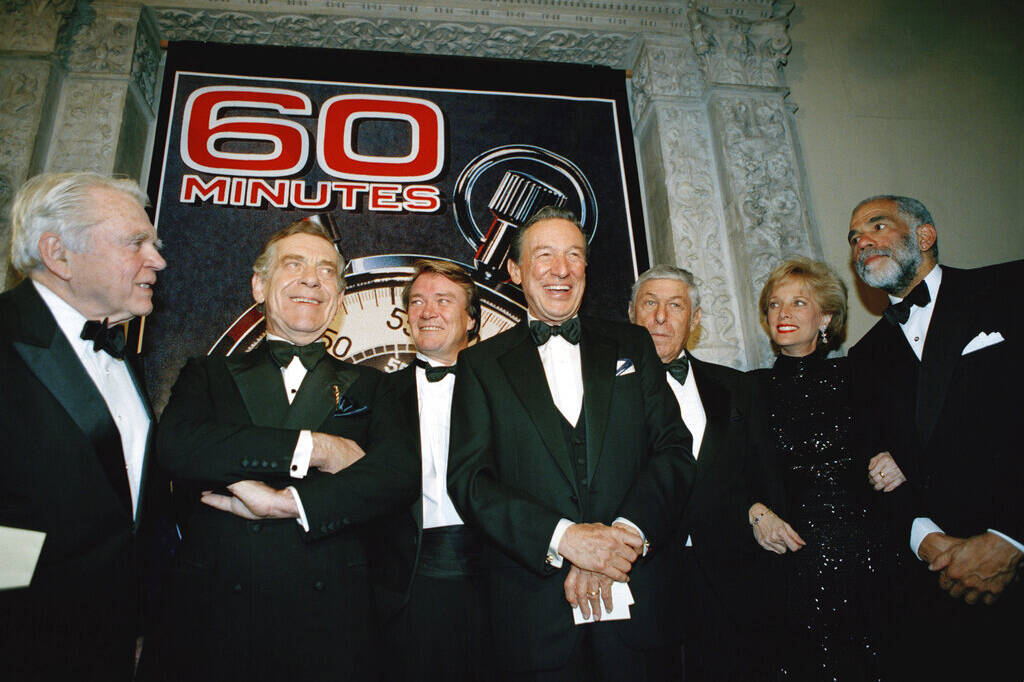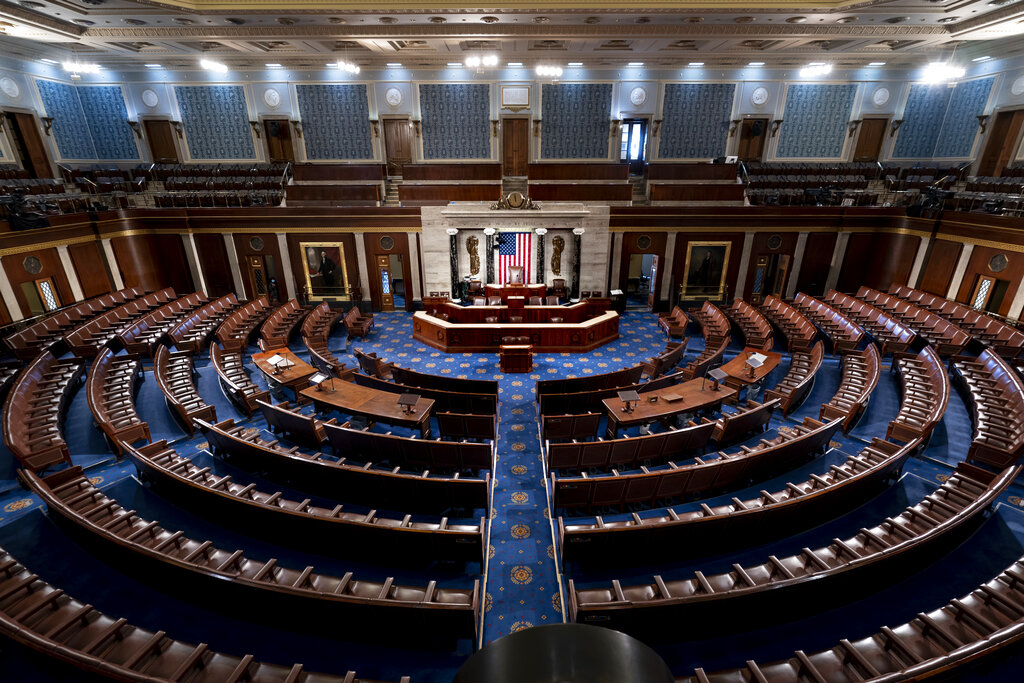How the International Monetary Fund helps – and pressures – struggling economies
If you’ve ever read about a country spiraling into financial crisis, you’ve probably seen the name “International Monetary Fund (IMF)” pop up. But what exactly is the IMF – and why does it matter?
History of the IMF
As World War II was winding down, representatives of 44 countries convened in Bretton Woods, New Hampshire, in 1944 to plan a new global economic system that would avoid the mistakes – like trade wars and unstable currencies – that led to the Great Depression and World War II.
The Bretton Woods Conference saw the creation of the International Monetary Fund (IMF), a global financial institution to carry out their post-war economic vision.
What is the IMF?
The International Monetary Fund (IMF) is a global organization of 191 member countries that has three main goals:
- Promote global financial stability.
- Support open trade and market-based economies.
- Prevent harmful economic policies that stall growth.
Each member country contributes money to the IMF based on the size and health of its economy. The more a country contributes, the more voting power it has over the IMF’s work. This leads to wealthier economies like the U.S. having more influence over the IMF.
What does the IMF do?
The main way the IMF achieves its goals is through lending money to countries. With the money it collects from each member country, the IMF has just shy of $1 trillion available for struggling economies to borrow from.
IMF loans are not for long-term development projects like building schools or infrastructure; they’re for short-term stabilization in countries that are facing balance-of-payment problems. In other words, if a country is bankrupt and doesn’t have enough cash to import food or fuel, the IMF will lend them enough money to get back on their feet.
Even though some of these loans are zero-interest, they are not a free lunch. Just check out the IMF’s lending factsheet, which makes frequent references to “structural reforms,” “policy adjustments,” and “corrective policy actions.” The IMF will typically require countries to make changes like embracing freer markets, privatizing industries, reducing government spending and borrowing, raising taxes, and pegging the currency to the U.S. dollar.
The IMF also serves as an economic monitor. Their teams of economists publish periodic reports on individual countries’ economies as well as the global economic outlook, warning investors when they anticipate recessions or other shocks. Their reports include policy recommendations that governments are free to take up.
RELATED: Peyton’s article about the IMF’s latest forecast
Looking for the latest in your inbox? Sign up for emails from No Labels.
Related
Peyton Lofton
Peyton Lofton is Senior Policy Analyst at No Labels and has spent his career writing for the common sense majority. His work has appeared in the Washington Examiner, RealClearPolicy, and the South Florida Sun Sentinel. Peyton holds a degree in political science from Tulane University.




